When ELTE students analysed the White House dispute

A topic that created an immediate learning opportunity
According to Dr Zemplén, there was no question that the topic created a great academic learning opportunity, as it is exciting for political science when diplomacy does not take place behind closed doors. While political analysts typically offered simplistic narratives about the debate, the ELTE Faculty of Economics analysed it from a communication perspective during the seminars of the Persuasion course. “Any debate can be turned into teaching material, but it is much more useful to analyse a debate with which many people are familiar, and which they already have preconceived ideas about that can be questioned through joint analysis. This debate was one of the most exciting events in international diplomacy. Just a few days after the debate, we studied the communication between the parties in real time, not only the words spoken, but also the subtle, often barely noticeable signs of non-verbal communication" summarises Dr Zemplén from the Department of Marketing and Argumentation.
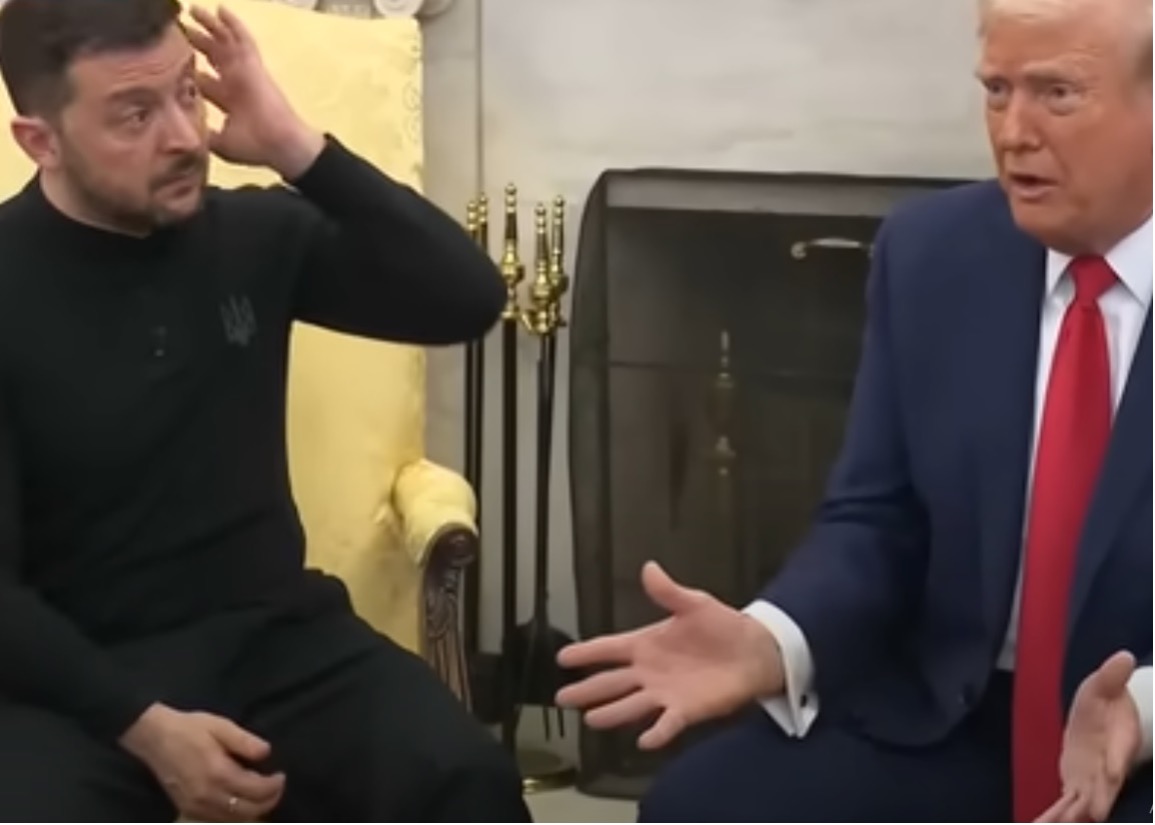
Zelensky reacts with surprise (36:20)
One of the main goals of the research was to examine how the debate escalated. The analysis was supported by a three-part video breakdown and data collection aided by generative artificial intelligence, an approach considered innovative in part because of its “experimental citizen-science” nature. As the instructor described the educational setup: “You can approach teaching communication by having one instructor, the ‘expert,’ who lectures the students. But to be honest, that model doesn’t excite me. If I don’t learn anything from the students during a seminar—or if they don’t learn anything from each other—then the whole subject is nothing more than a textbook. That’s why I’ve been using group-based debate analysis for over fifteen years now, focusing on the dynamics of debates, especially in situations where reputation or credibility is at stake.”
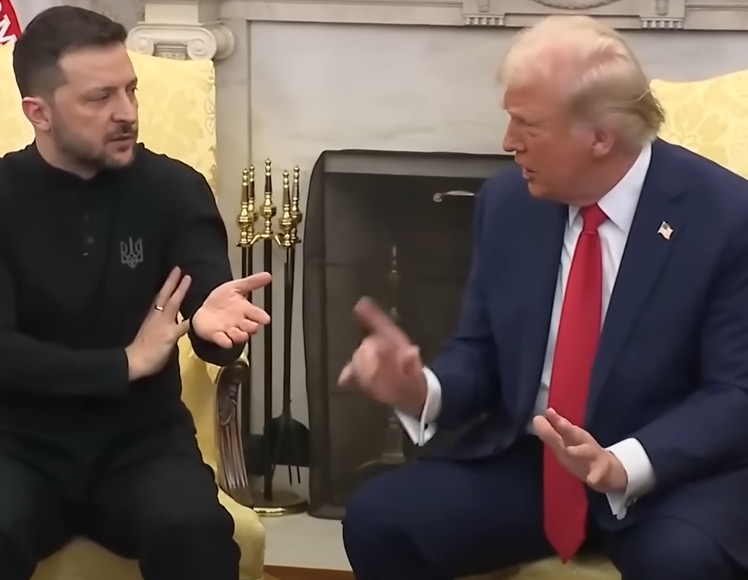
The two presidents speak at the same time. Significant shifts in the participants’ nonverbal communication can often be observed following such moments of overlap (40:23) and (40:53)
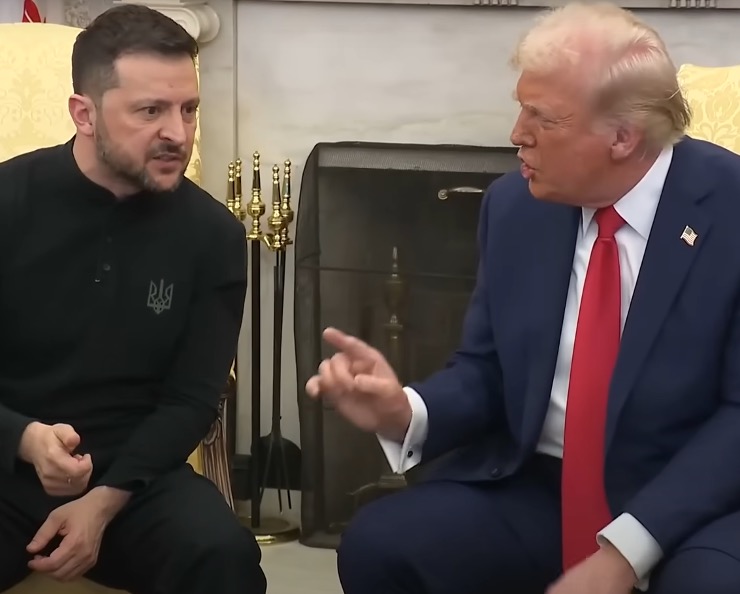
A debate that became academic curriculum
The Persuasion course seminar demonstrated how the communication analysis of an international conflict can become part of university-level curriculum. The method combines tools from media studies, rhetoric, psychology, and AI-driven analysis. Student observations clearly showed that it’s not just the spoken words that matter, and sometimes a raised eyebrow or folded arms speak volumes. These insights help map out a complex communicative situation where media presence and reporters’ provocative questions also played a significant role in escalating tensions.
“This wasn’t just a debate. It was a communication drama, where the tension escalated not only because of the words but also due to gestures, facial expressions, and body language. The aim was for students not just to watch passively, but to become critical interpreters of a media event with global impact. Just as analyzing an advertisement from a marketing communications perspective isn’t really about the product being sold, analyzing political communication isn’t about taking political sides. It’s about perfecting observation and analysis skills using publicly available sources.
Students learn that every small cue matters, and if they learn to read these, they’ll not only be better prepared for diplomacy, but for life itself,” the instructor emphasized.
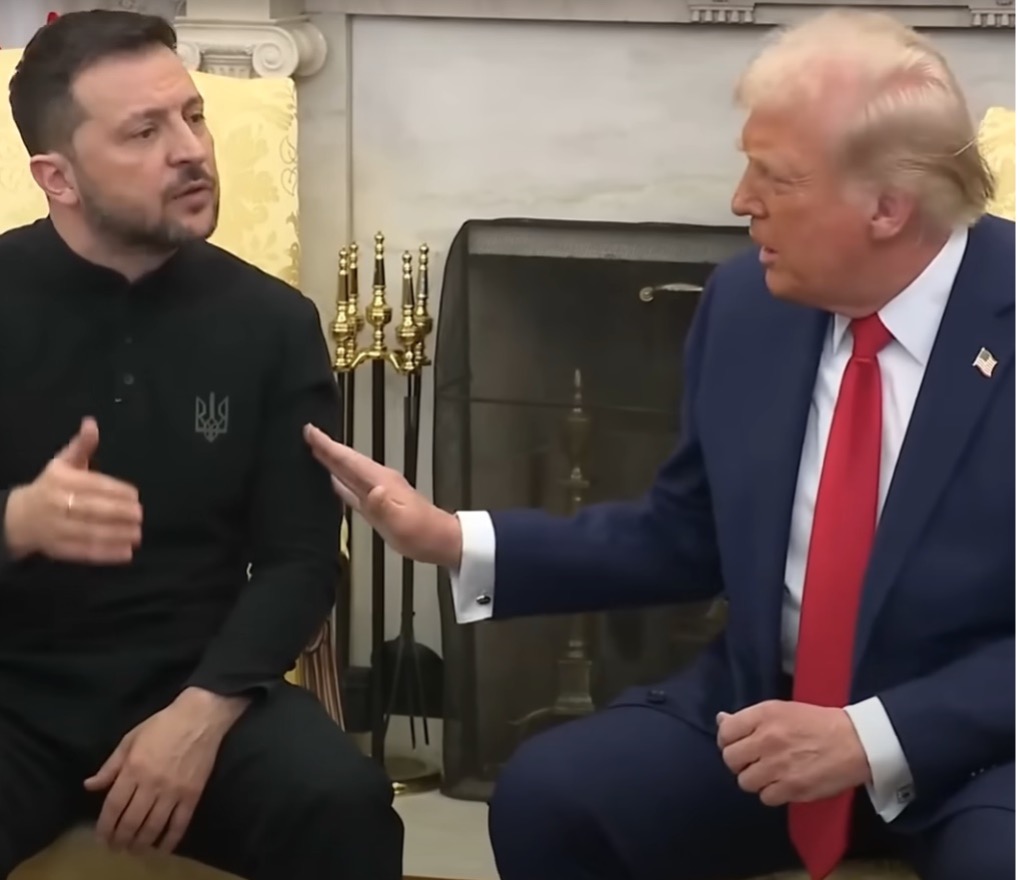
Simultaneous speech with physical contact. Trump actually touches Zelensky for the first time (41:57, similarly at 42:02)
Turning points: how a public media event turned into a debate
In relation to this globally dominant and controversial event, the seminar began by comparing the two main figures’ “calm” state to their “agitated” state. Students then analyzed the process by which the discussion escalated, assigning timestamps to moments they identified as shifts into a more heated phase of the discourse.
They examined the changes in Trump’s and Zelensky’s body language: at the start of the exchange, Trump appeared calm and composed, while Zelensky seemed tense from the beginning. As the debate progressed, Trump increasingly displayed dominant gestures, such as pointing, shifts in tone, and leaning forward. Similar gestures appeared in Zelensky’s behavior too, though his movements were more defensive, including actions like wringing his hands.
According to Professor Zemplén: “A communication situation is never a closed system: the space, the expectations, the audience, and the cameras all influence what is said. And the participants inevitably attune to each other, they pick up communicative elements from one another, even if they’re speaking in a confrontational or hostile manner.”
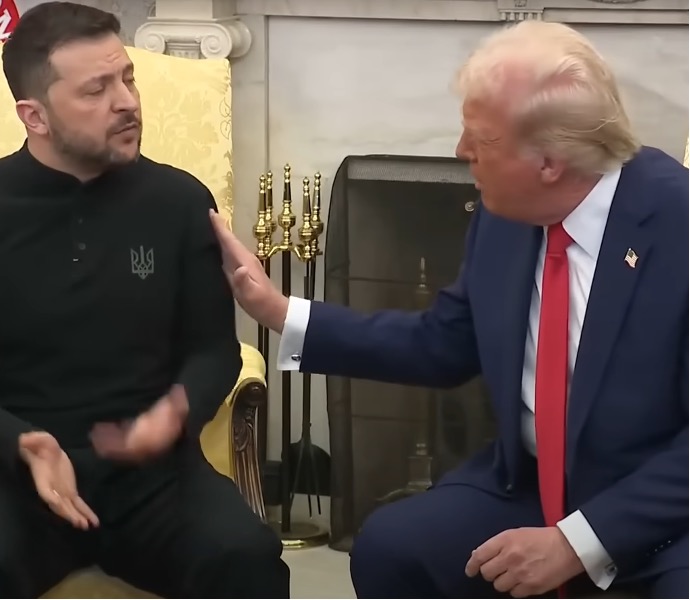
After the subtle touches, Zelensky begins to gesture more emphatically, his hand entering Trump’s personal space more noticeably, and then Trump pushes him (42:09)
The analysis of the debate identified key turning points. Among the most frequently marked timestamps were not only displays of agitation and threatening gestures but also periods of overlapping speech. Students noted rhetorical devices in the exchange and also clearly perceived an escalation in the struggle for dominance. Trump's sarcastic remarks and Zelensky’s provocative question to J.D. Vance contributed to the intensification of the confrontation, just as much as the Vice President’s demaning question directed at the Ukrainian President.
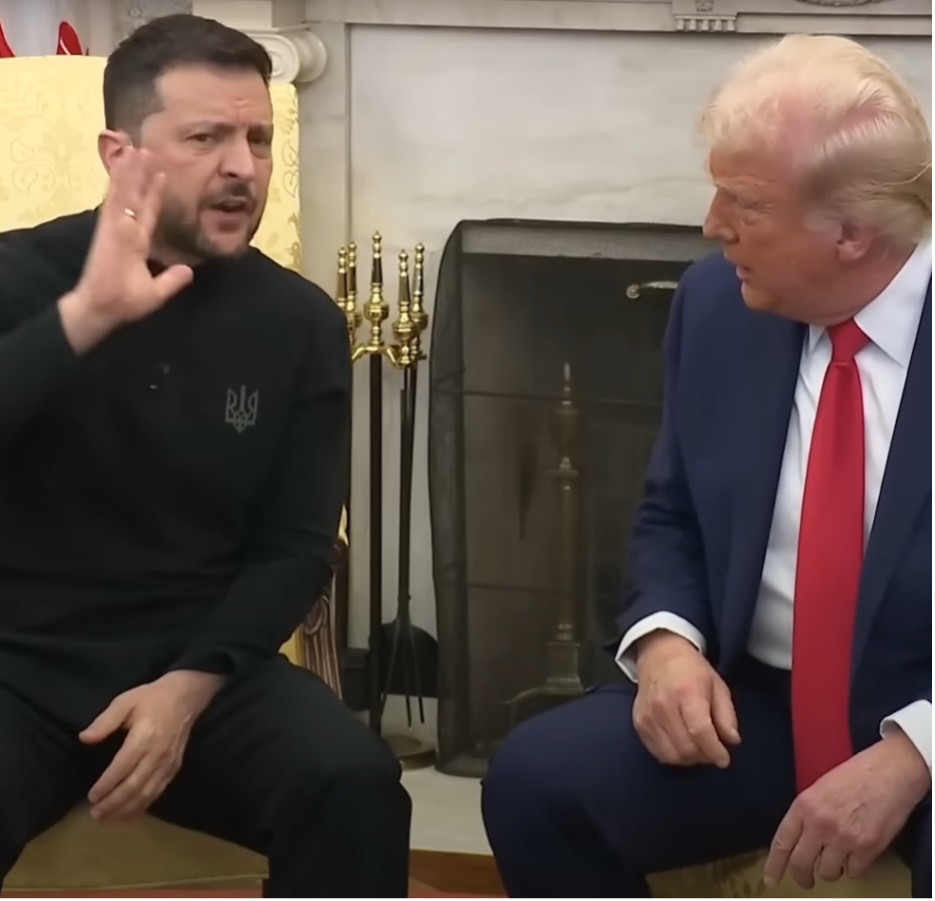
Zelensky waves off what Trump says (42:17), showing clear signs of irritation
The use of large language models and new forms of education
During the analysis of the debate, students entered hundreds of data points into a questionnaire, which were later compiled using artificial intelligence. In this way, they engaged with both the content and the methodology of analysis. This form of teaching integrated AI into active academic thinking and revealed a variety of individual observations.
“One advantage of large language models like GPT-4 is that they make this kind of data easy to explore from many angles. For instance, you can examine how a participant’s behavior changed over time. Zelensky, for example, showed clear signs of a defensive posture: he became increasingly closed off, folding his arms. But it’s also possible to analyze moments when, despite this, he interrupted others, asked provocative questions, or made dismissive hand gestures. Likewise, we can look at which adjectives or verbs students used at different points in the debate, and what gestures they highlighted. This was citizen science in the truest sense of the word: since we uploaded the analysis back to the course’s Moodle platform, students contributed data about the debate, and they could also see what 200 of their peers had observed.”
The students mapped the dynamics of the conflict through their own perception and analytical tools. Processing the debate was not only an exercise in media analysis, it was also a learning experience in intercultural communication, psychology, and rhetoric. This is especially important, as many of these students will one day need to navigate such situations as leaders, diplomats, or managers.
The analysis of this diplomatic event is far from over, it has only just begun. But the first dataset presentation is now available, and a ten-page summary is available to download for the public.

